Stylin'
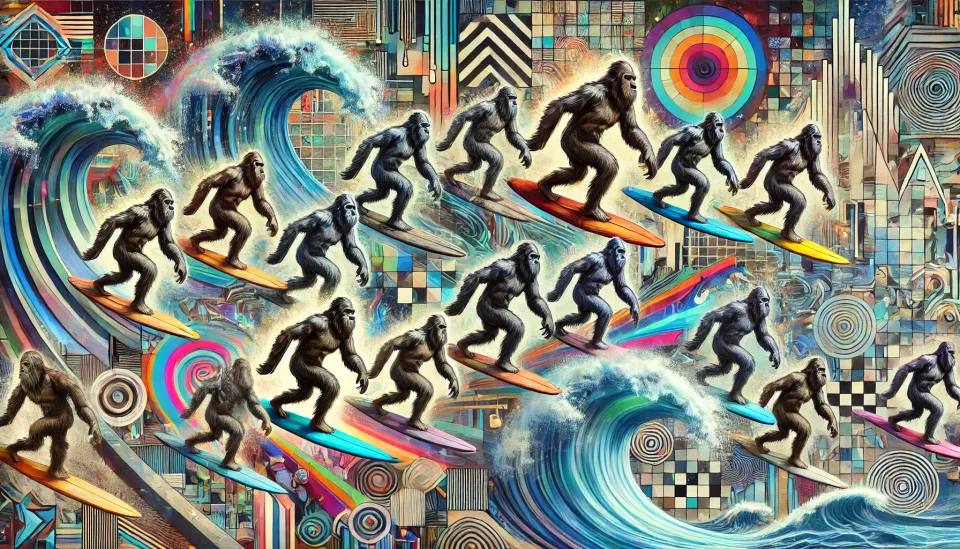
This blog has been getting too serious lately. That's all well and good and therapeutic, but I promised at the start that it would be a pointless endeavor. I hear the voice of the Absurd Muse calling to me (you know, the one with the eyes that point the wrong way and she's wearing a rain boot on one foot and a flipper on the other). She's one of my favorites.
So try this on for size: here's a post with a bunch of weird images of sasquatches surfing.
You're getting this premium (also free) content because I was entertaining myself by goofing off with DALL•E for what amounted to a few wasted hours the other day. Forget monkeys on typewriters,1 I give you a shamelessly self-promoting Homo sapiens randomly punching variables into what's basically a megasupercalculator. Seems like a good use of a half a million kilowatts.
But actually, despite my best efforts to do something completely pointless, I think there's something interesting going on. I was trying to feed input to a machine that it couldn't possibly understand, like mythical apes and a sport that robots can't do (okay, maybe some of them can).
And that alone is kinda wild when you think about it (a contemporary ape using an electronic brain modeled on an ape's), but it pretty much gives you the same thing every time. Which is something like this:
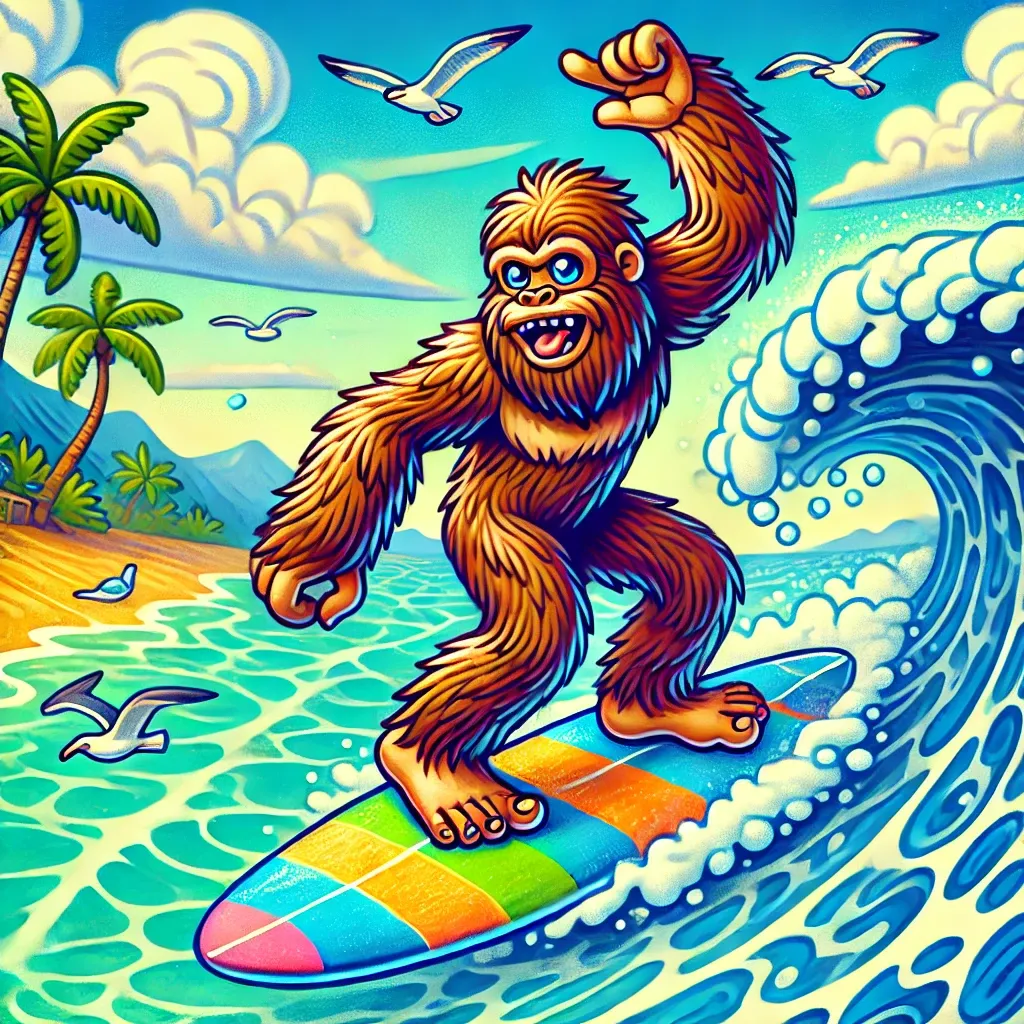
And frankly, I find this to be a bit repugnant, although technically impressive. It's the same type of image you're starting to see all over the place: hypersaturated colors, soft features, and bland composition suggesting what a robot might think a human would consider "fun".
I completely hate it.
So I decided to play around a bit. One of the things I've come across is that when using generative-AI (the type that makes new content), the input (i.e. the "prompt") is extremely consequential. But because it's a machine that thinks completely differently,2 you have to speak to it a bit differently. I've found asking it to add "a sense of" something does help a bit, but I'm really interested in what specific style adds to an image.
I haven't taken an art class in more than 20 years, and–despite the extremely controversial subject of whether or not Big Tech companies should be able to use artist's work to generate profit without compensating the creators—I couldn't resist using this new, cheap, easy and shiny technology to teach me something about style.
So I picked names at random from Wikipedia's list of artistic movements and asked the robot to use that style to generate an image of Sasquatch surfing. Okay, now that I say it out loud, it does seem to pass the bar for "moronic use of time".
But boy was it educational
American Barbizon School
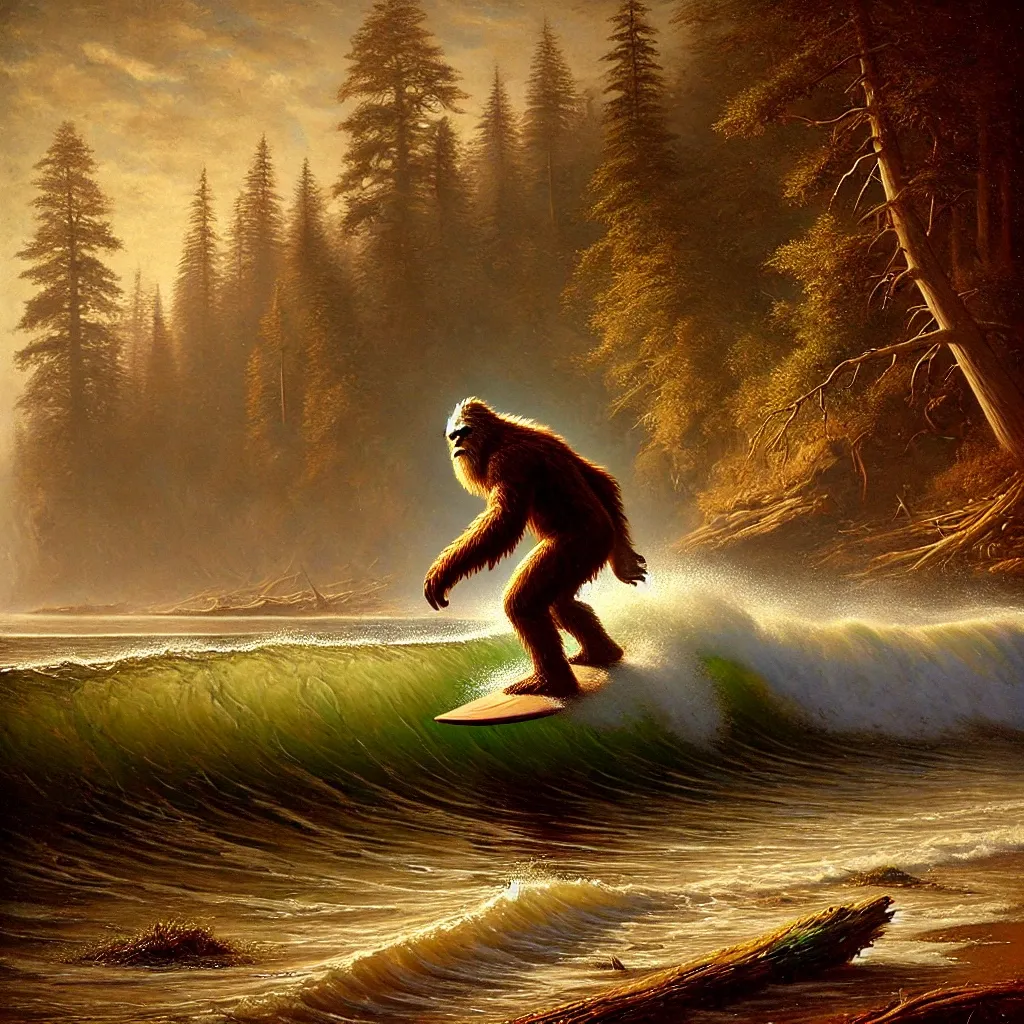
I had to resist the temptation to click on every link and go down an impossibly ever-more-complex rabbit hole of thoughts and influences permeating artistic expression over the last several thousand years of human history. In other words, I tried to force myself to learn just from the image, not from the backstory.
And I must say I'm drawn to some of the styles that accentuate natural beauty. I love the softness and the richness here, highlighting the ocean and forest. The wave is a closeout, and Sassy appears like he's about to get dumped into the sand, but his foot placement is actually pretty good and he looks confident and cool on the board.
Well done, smart robot!
Bengal School of Art
The only complaint I had about the previous image is that it sure looks Western, which as a good anti-colonialist progressive, I feel compelled to instantly complain about in knee-jerk fashion. But fortunately the Wikipedia list appears to have a decent diversity initiative, leading to images like this.
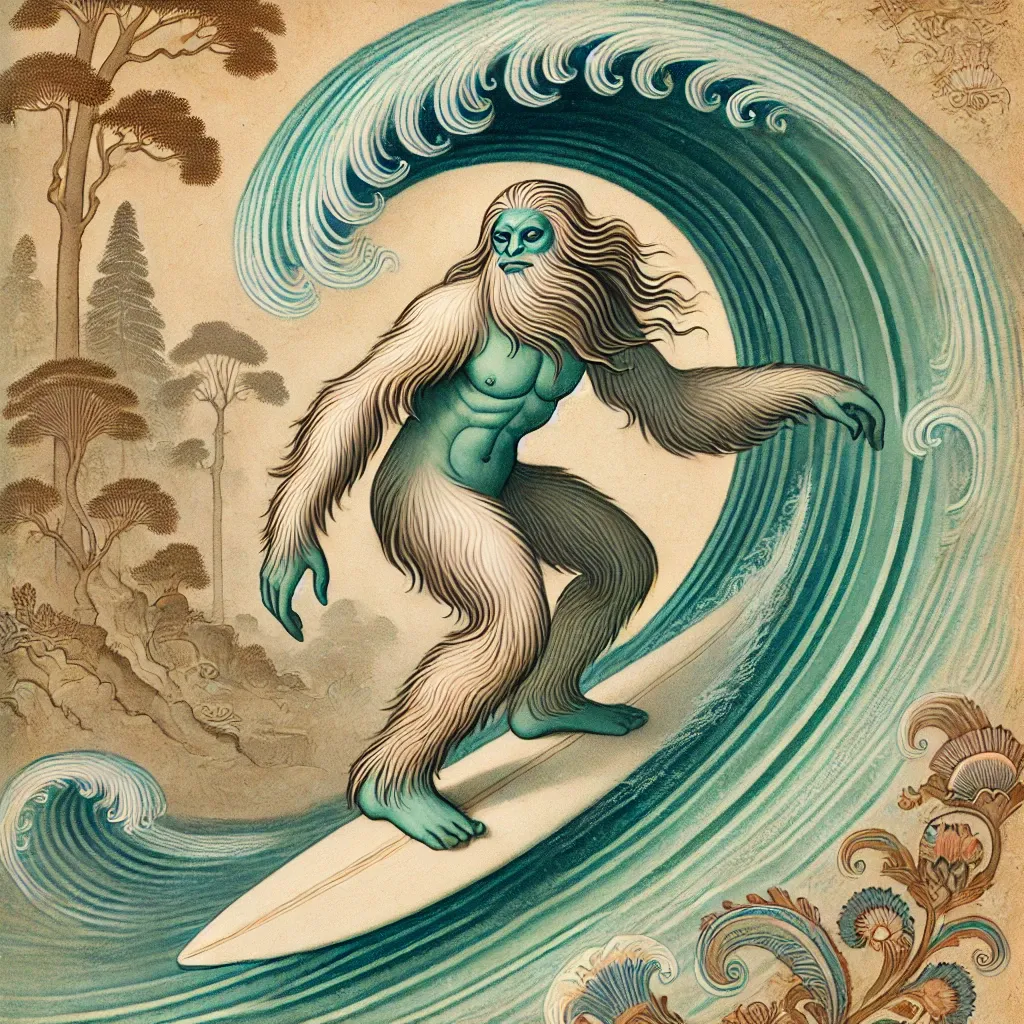
Which is a very fun, completely different interpretation of nature and cryptozoology.
Berlin Secession
Actually, that resistance to entrenched styles doesn't always require an anti-Western perspective. Apparently. Because Ze Germans started to get a little angsty during the realm of Kaiser Wilhem II and "left" the mainstream to push the boundaries of artistic interpretation.
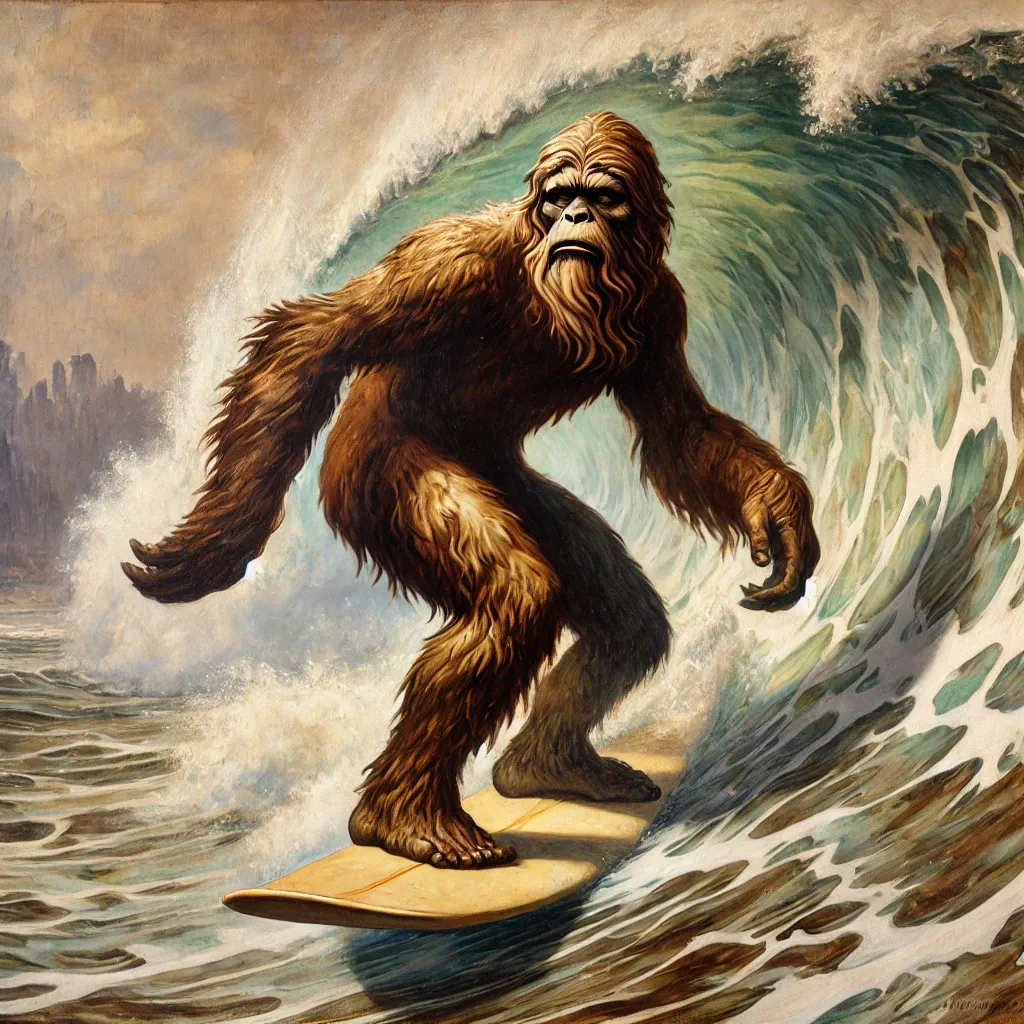
Okay, I couldn't help but click on a few of the links. Darn it!
Knowing the history does change my interpretation. Because this image seems to be a blend of natural beauty with a slightly "rougher" edge. It's higher contrast and gives me a very slight sense of anxiety. Actually, maybe that's just the heavy tube macking up behind Sassy.
Gutai Group
So far, the robot has done a good job of presenting subject and action. The styles are notable and give a different impression to the image, although they do seem a bit straightforward (subtle?) still.
Can we push it further?
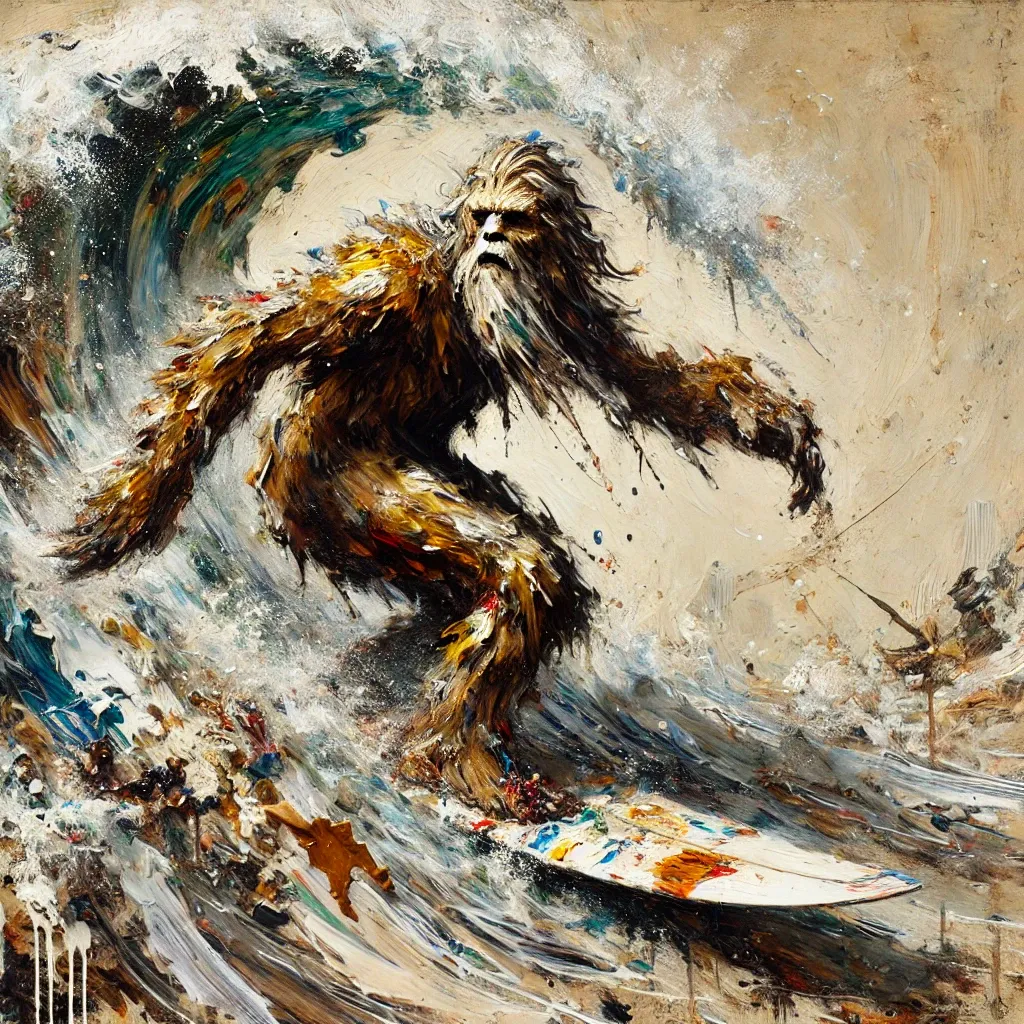
Yes! Way to cut loose, DALL•E!
There's real rawness, almost violence in this technique. The style is much more embodied, less realistic but actually evokes some emotion. This is a pretty extraordinary thing for an AI to do, and a ridiculous collaboration between human and machine.
But the composition is still very realistic, Sassy has a nice backside carve coming up, I can see him lining up the lip for a nice THWACK!
Figuration Libre
Can we go a bit further? Oh hell yes we can!
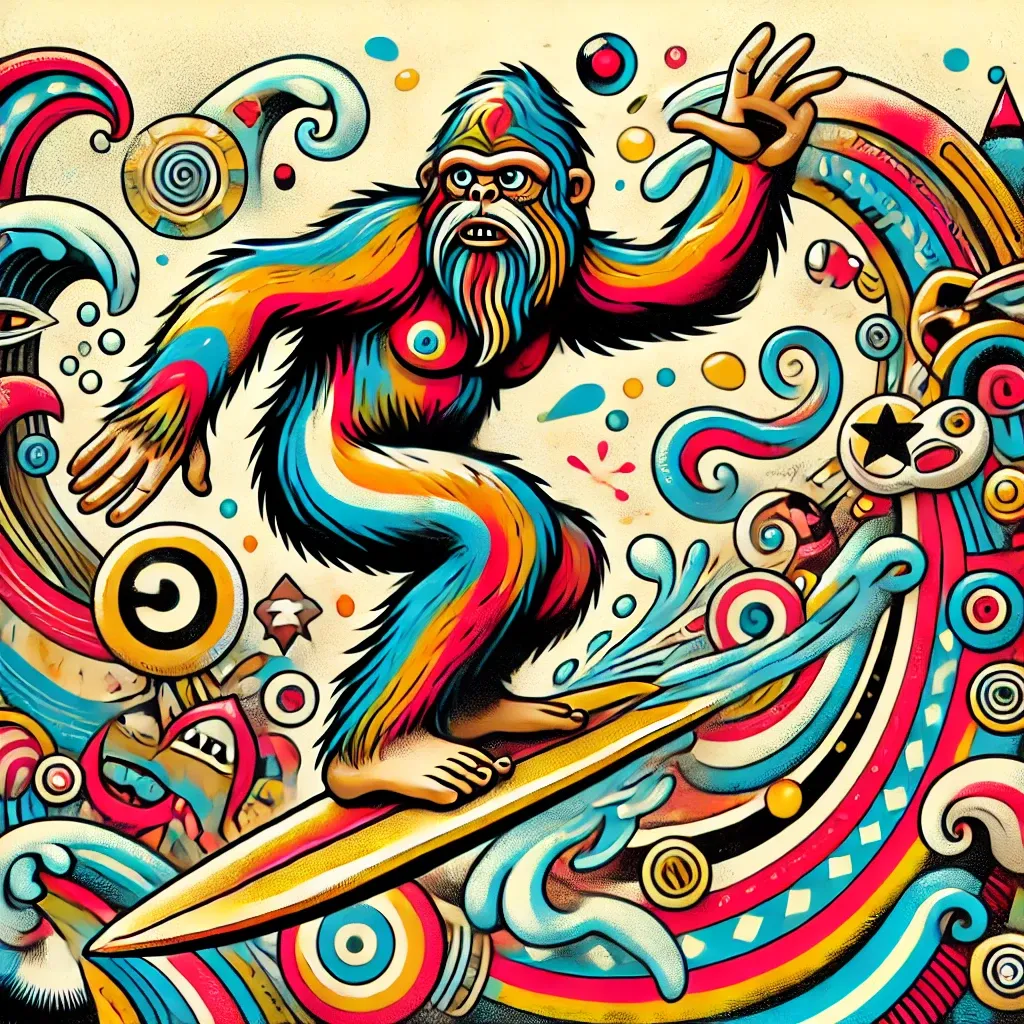
We're fully weird here. I don't know what it's trying to say, other than, this is fun, colorful, and not what most people consider "reality" anymore.
It's interesting for being different, which is a decent way to get attention.
Is there any way to get weirder?
Dau-al-Set
Yup.
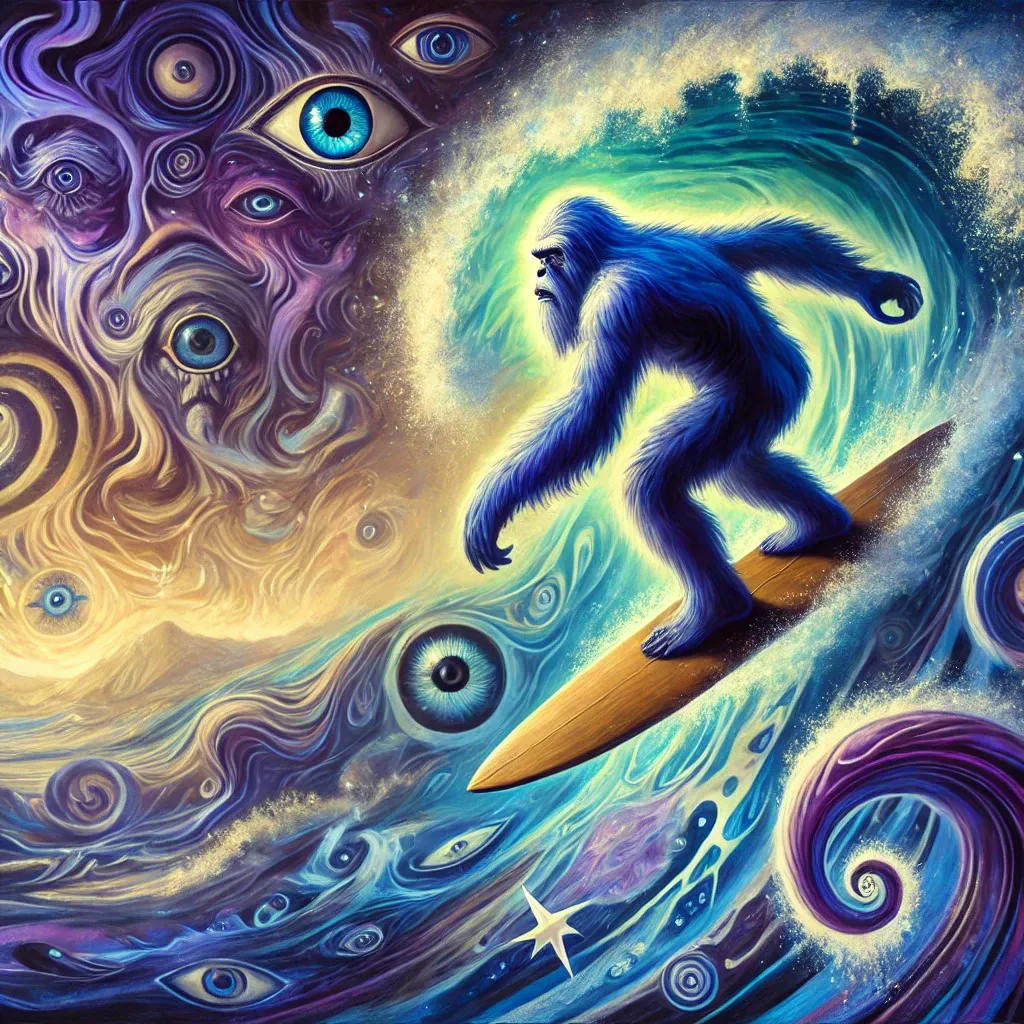
I think the message here is that to access certain visual possibilities, you either need to be on certain drugs, or be Frank Zappa. Or obviously to be a non-sentient AI who copies an established style.
Funk Art
Alright well why not push this weirdness to the limit?
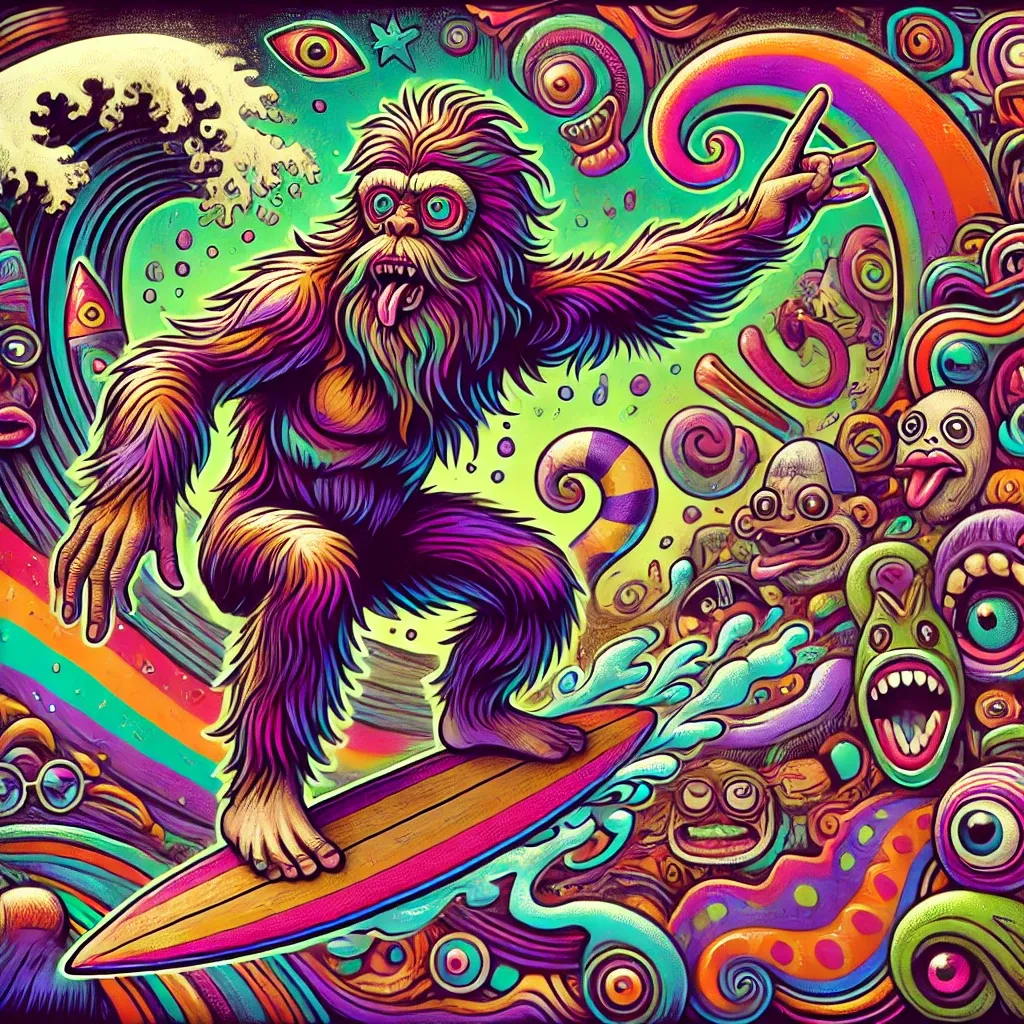
Yeah, we're getting pretty crazy here. But it still seems like, well... kinda maybe still a tiny bit coherent?
Excessivism
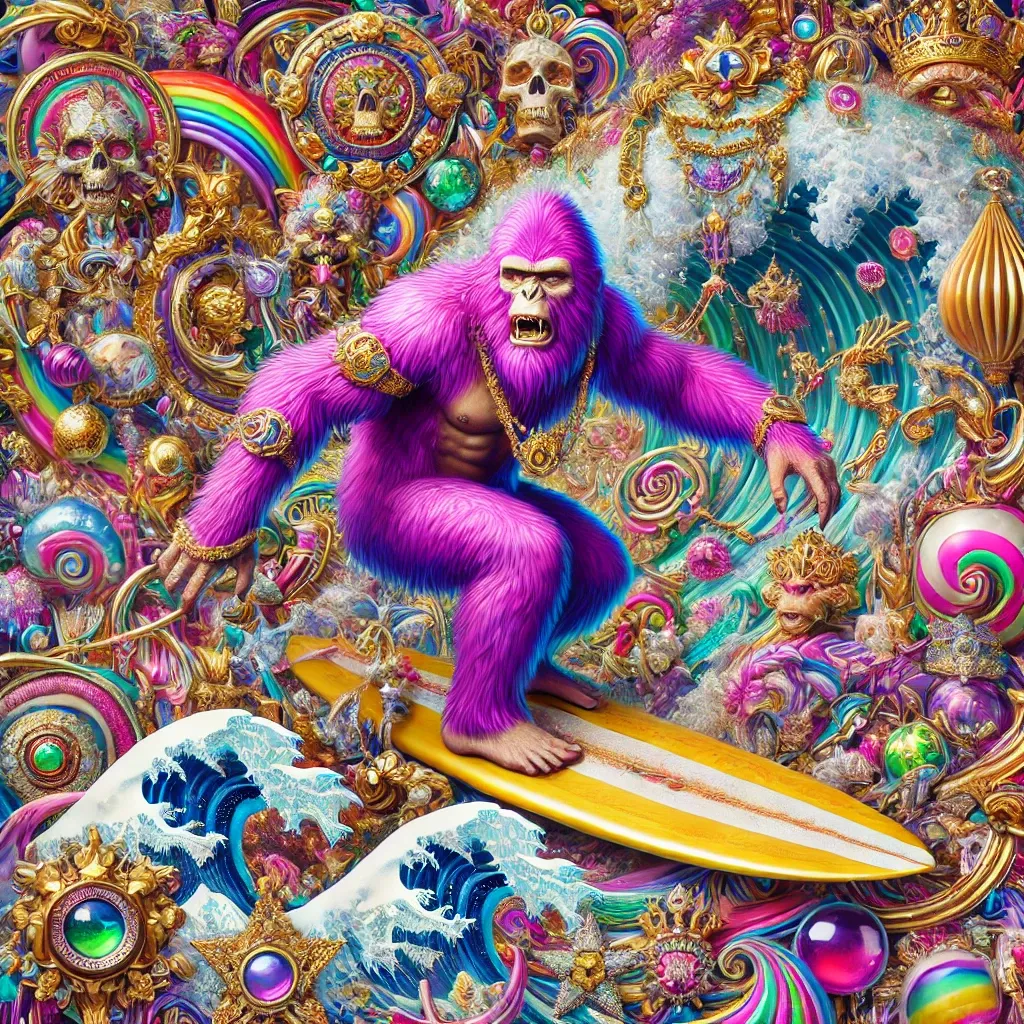
Okay, clearly we're overdoing it. This reminds me of most sweatshirts I've seen at the county fair. Restraint is the better part of judgement, or something like that.
I dunno though, it is kinda cool. Foot placement on the board sucks, however.
Altermodern
Interestingly, so far, we've had fairly smooth and organic lines. There's something I heard as a kid about how there are no right angles in nature, but I don't think that's quite true (even though right whales don't count).
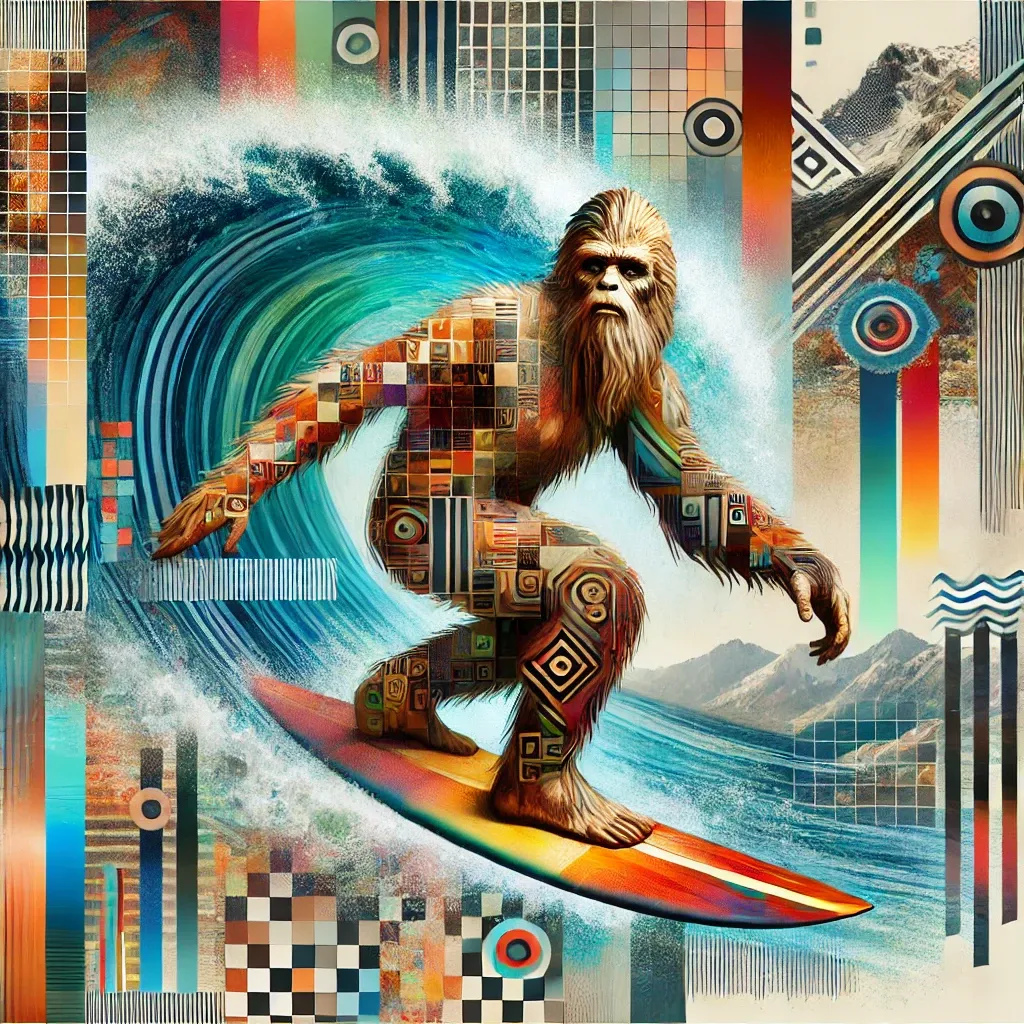
Adding in more linear, distinct edges and discontinuities does seem to make the whole image less natural. It's an interesting effect, but it doesn't really convey any emotion. To me, at least.
Constructivism... or Desconstructivism?
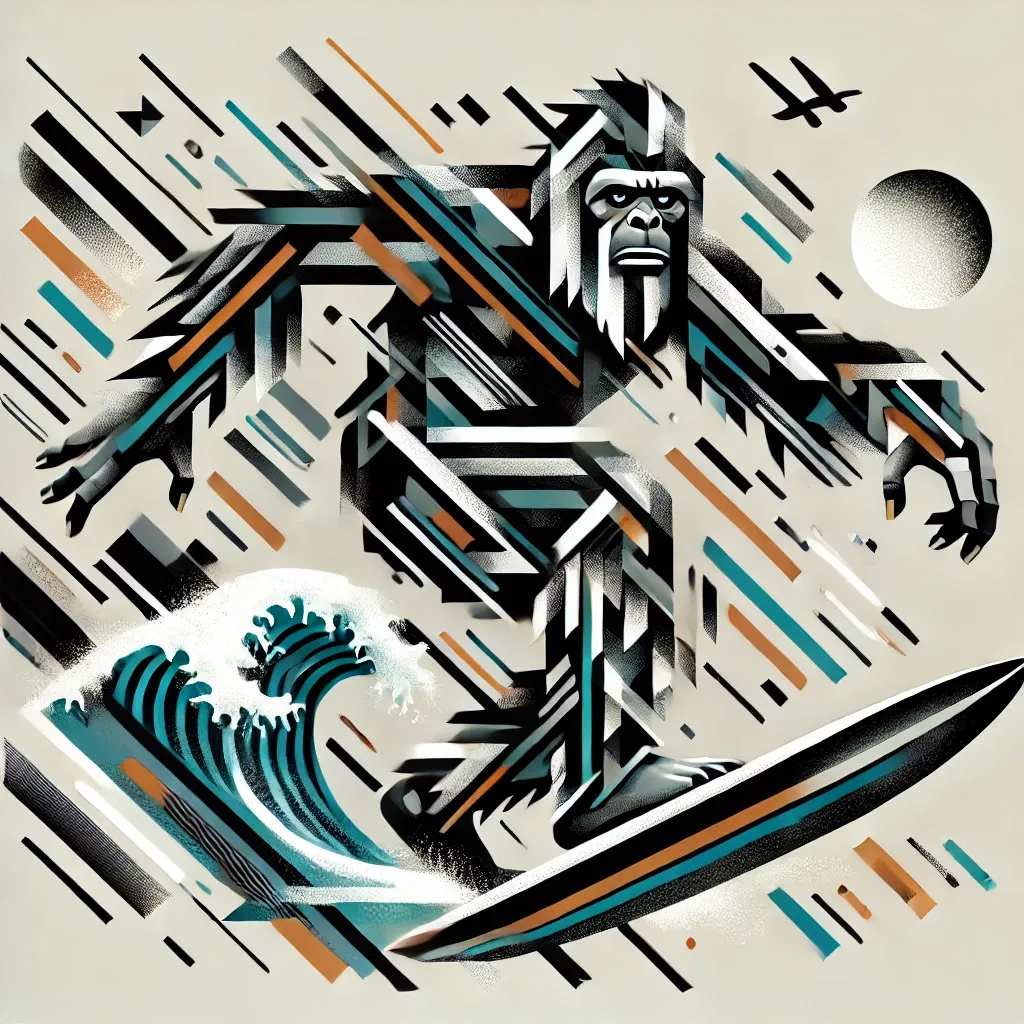
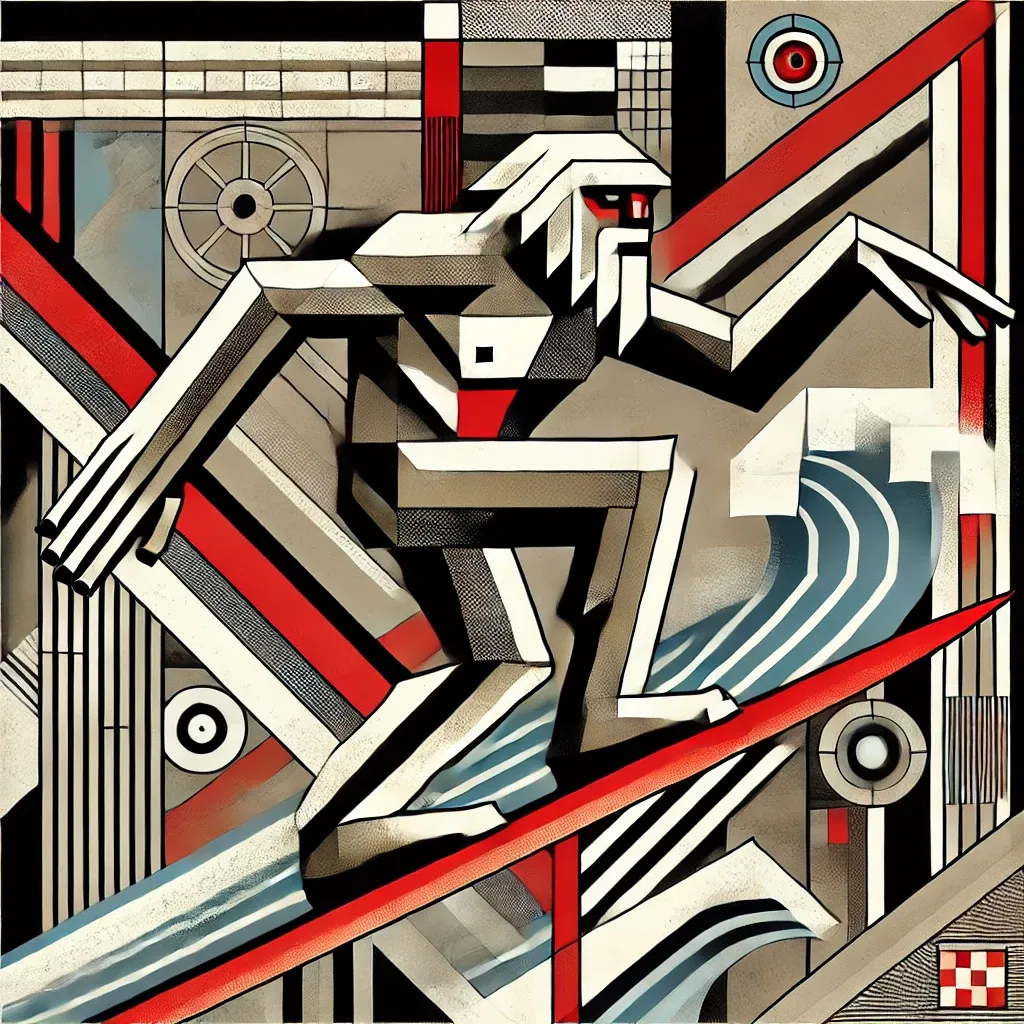
Who the hell knows which is which? We are getting more linear, more fragmented, more left hemispheric. It's getting weird, but in a different way.
De Stijl
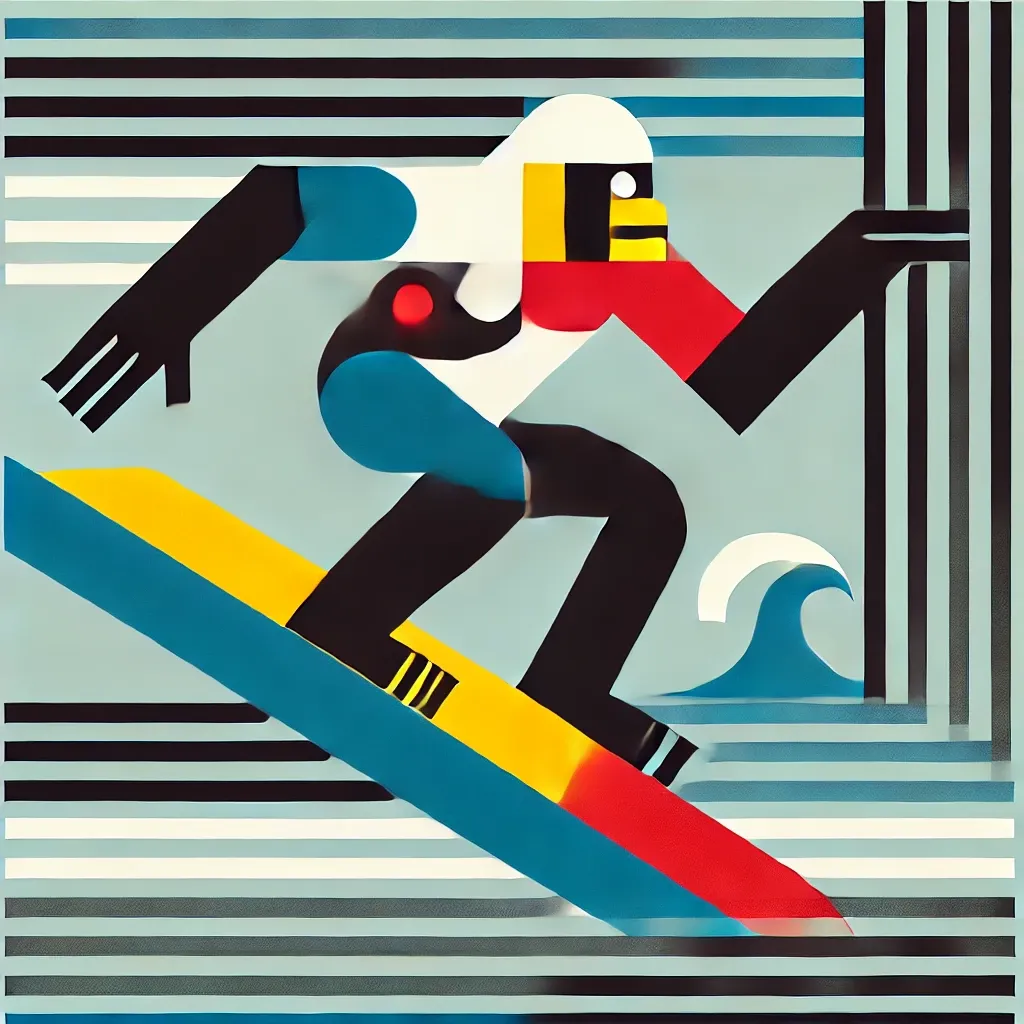
Okay, this is very minimal and simple. Doesn't look too bad. Honestly, if I saw a massive print of this in an airport terminal, I would think it's pretty cool. Interesting take, DALL•E. Maybe there is something to simple fragments.
Arte Povera
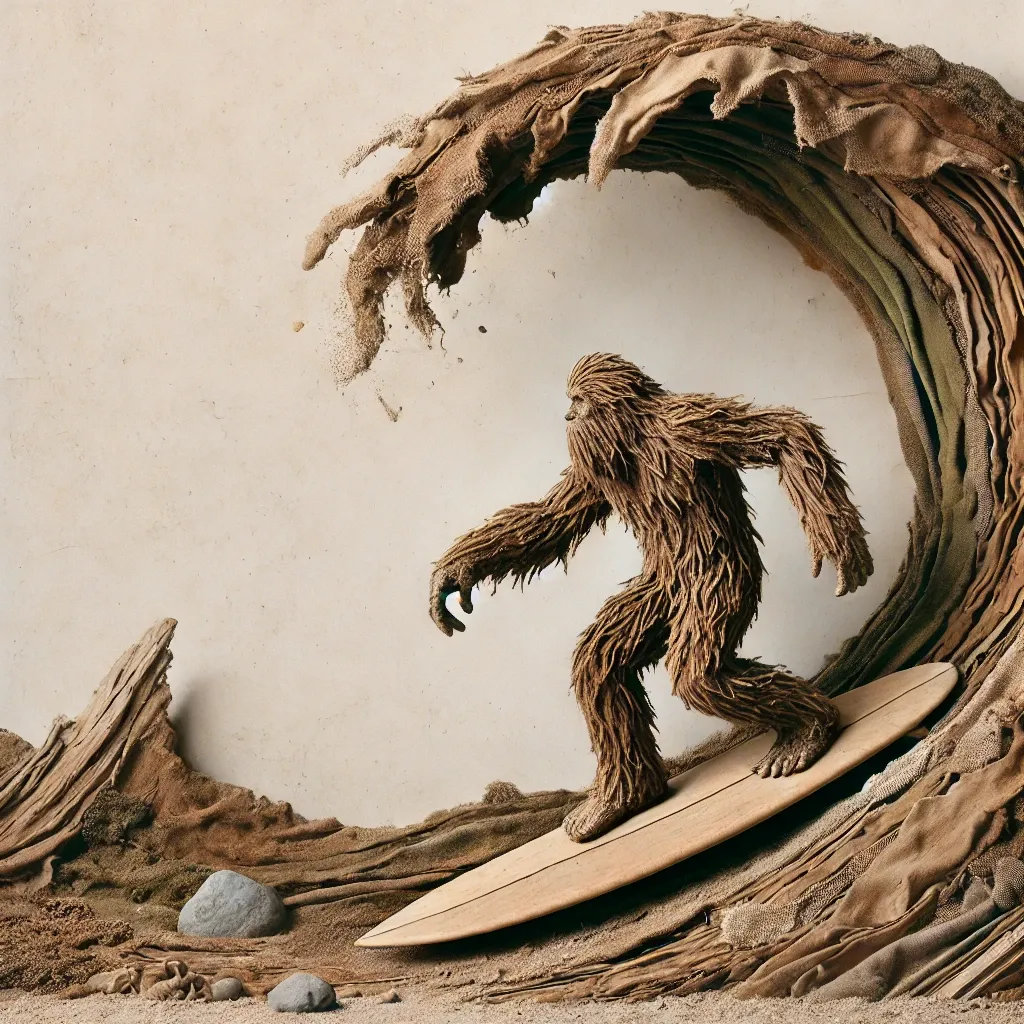
On the other hand, an earthy texture is a neat look too. Here's something totally unfamiliar to me. Hooray, we're learning! Okay, we're back into the realm of organic materials (I do realize the irony of that statement, given how these images are generated).
Dansaekhwa
See, this is why this is such a cool experiment. I'm getting images that just look completely novel. I mean no disrespect to the artists who pioneered these styles. I can see the argument that using machines to make art is reductionist baloney and the end of human creativity and all that...
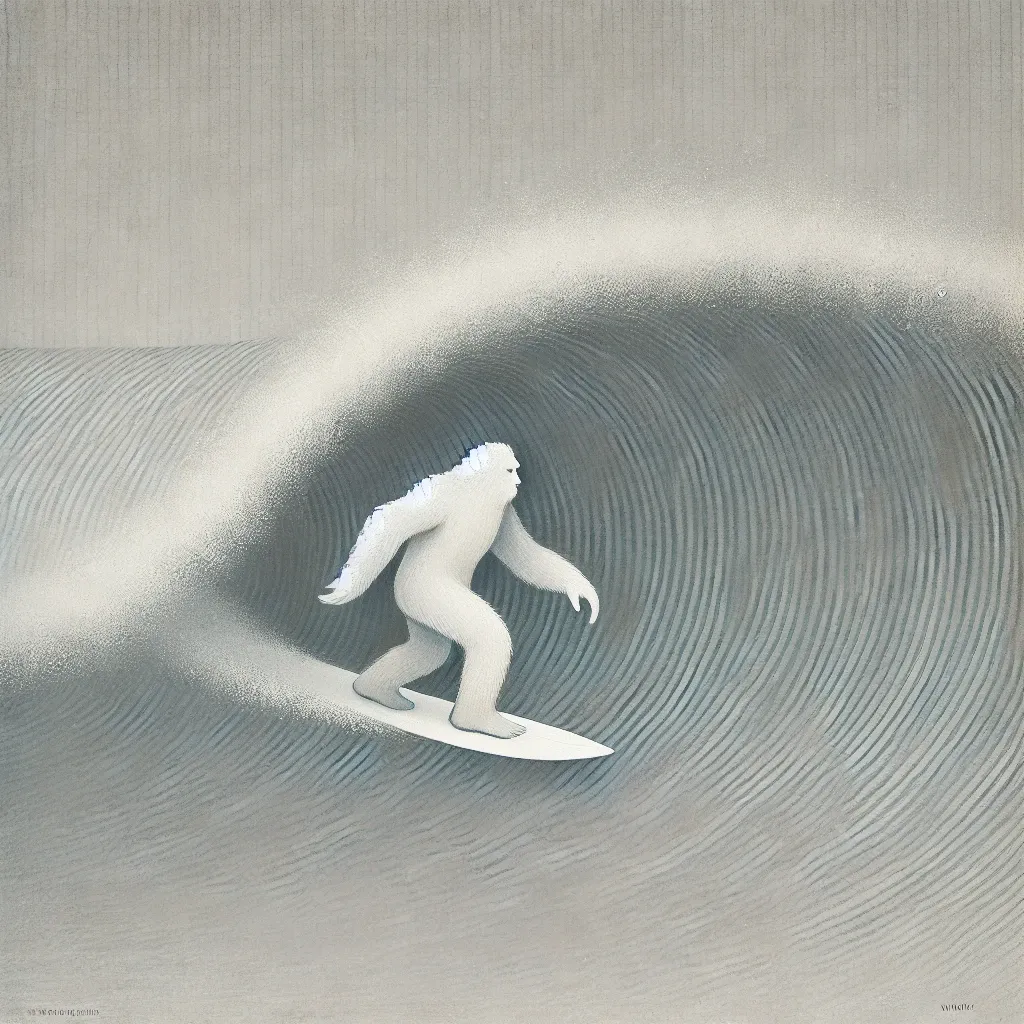
But that's pretty cool! I love that style and the lines, plus the minimal color. His stance kinda sucks, but since when did DALL•E ever surf?
Color Field
I did end up finding a number of styles that created something more unique and appealing.
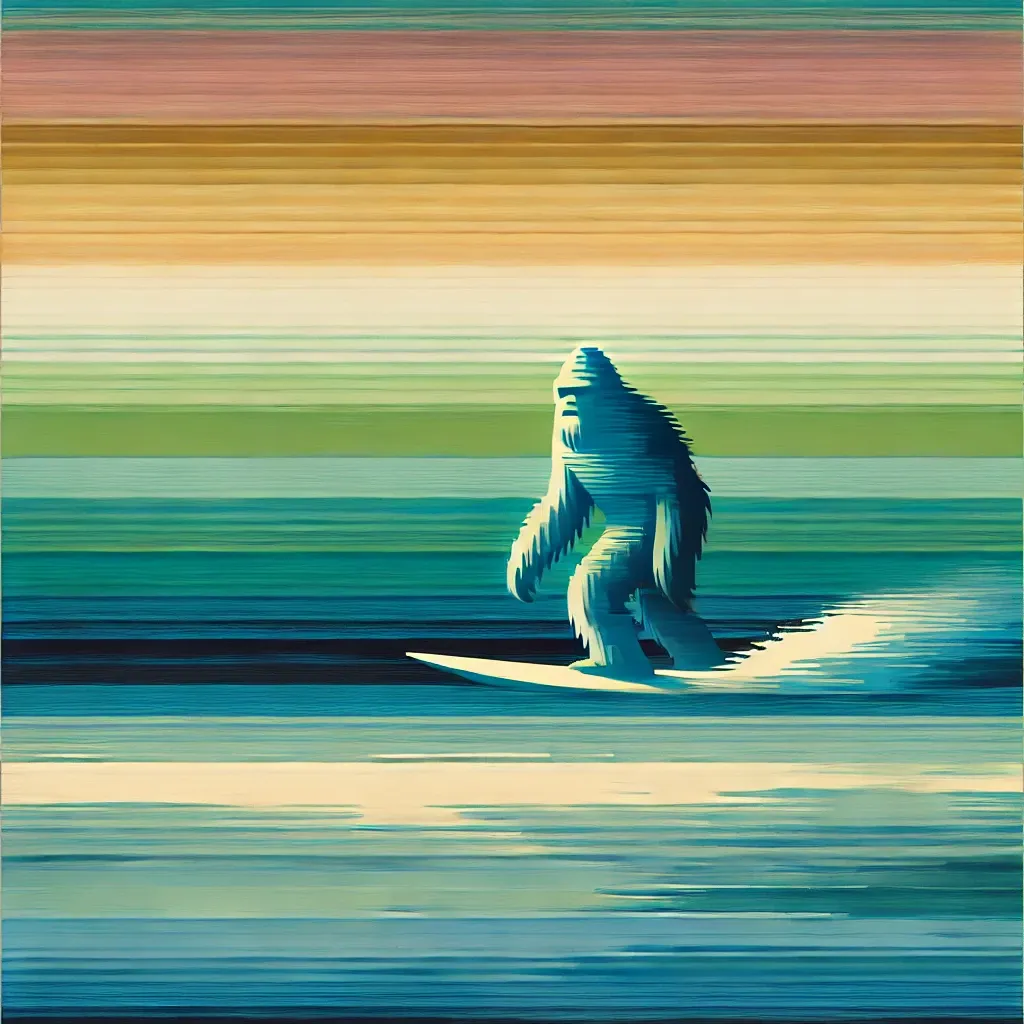
This one is immediately cooler than 99% of posts I've seen when people just plug in their simple prompt.
It's just style.
Analytical
Now, if you want to know what it means, then we're getting analytical. Maybe that's too High Brau for the average viewer, which is why you can make things look cool without actually conveying any message (or emotion, for that matter).
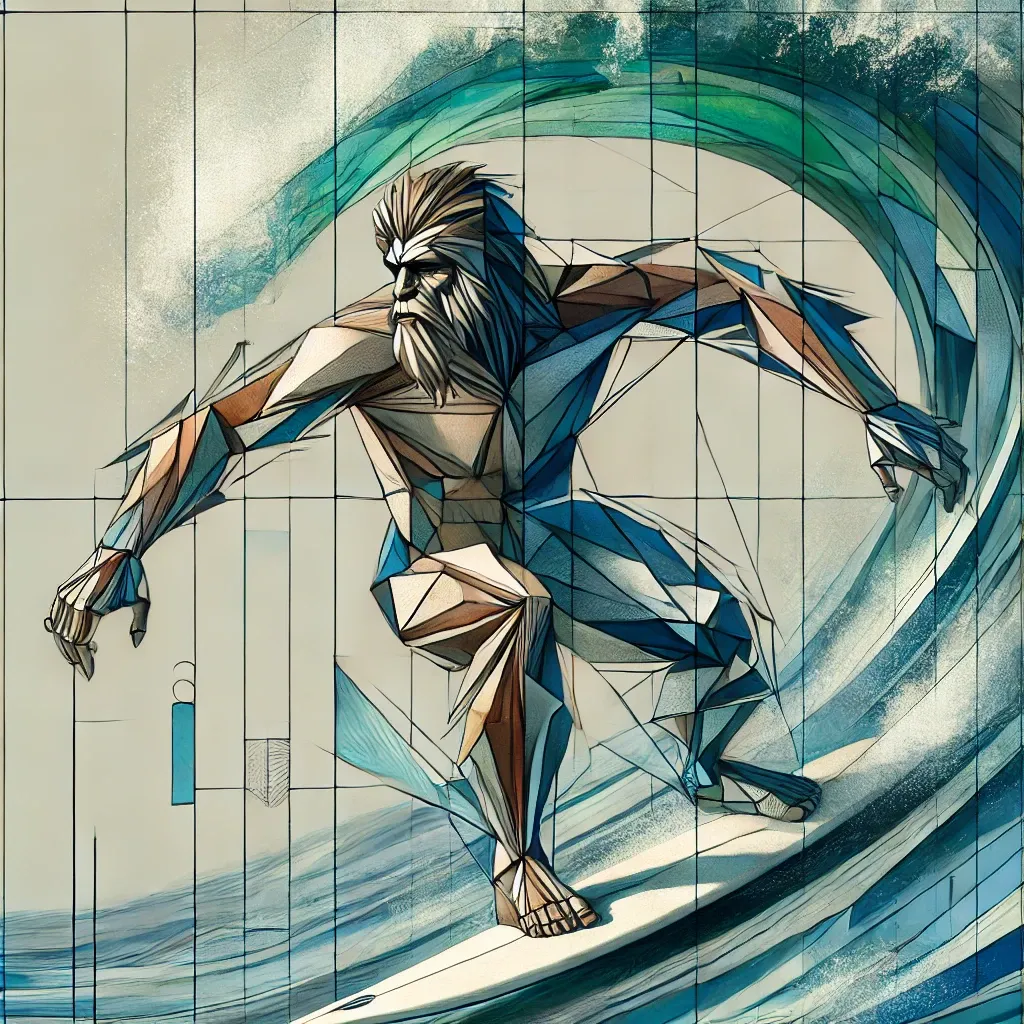
Is this good art? I'd argue that it might be an interesting visual experiment, but the only thing that truly makes it "art" is the fact that it's part of a piece (i.e. this blog post). On it's own it would have to activate someone's internal voice in order to pick up some meaning. Someone would have to hear it speak to them.
Hypermodernism
And I'm just not sure that's what DALL•E is doing. Vision is a much more ancient brain system than language, so maybe it's easier to fool us based on a certain set of principles.
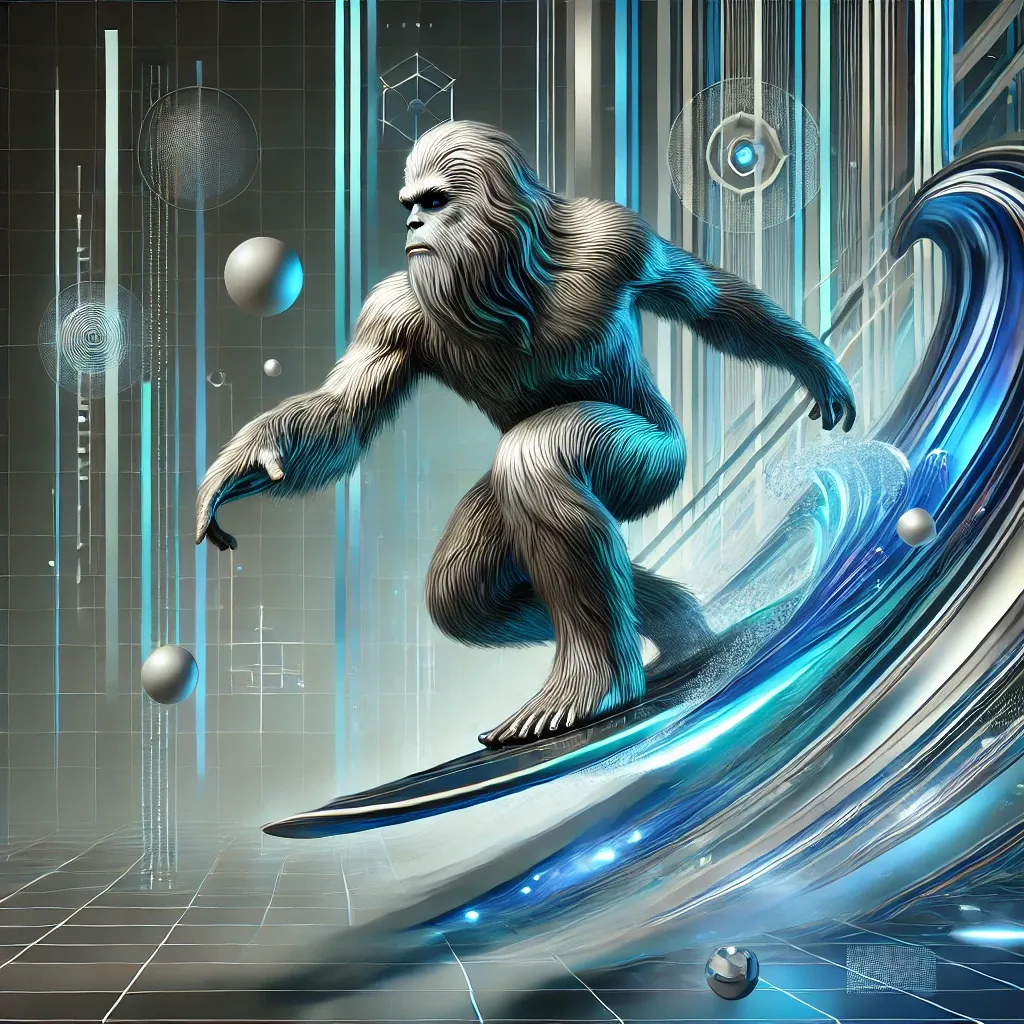
This image would have looked pretty cool in the early 2000's, but now it just looks like a lot of the glossed-out techno-fetishized crud we've seen a million times.
What the hell is the point?
ASCII Art
And that really is my point, which I think is perfectly captured in the last image I'd like to share. So far, each image has clearly shown Sasquatch surfing, albeit in a variety of poses ranging from kooky to gnartastic.
But the machine isn't "seeing" any of these. It doesn't understand forms and perspective and what the subject of an image is.
It's extremely deceptive until you ask it what might seem like a more natural question for a robotic brain: do this in code.
That's not exactly perfectly right, but there is an art form that many of us have seen, which is the use of text characters to make art. It would seem that this reductive, simplified technique would be perfectly suited for an AI, it's so obvious how to do it!
And yet this is what DALL•E produced...
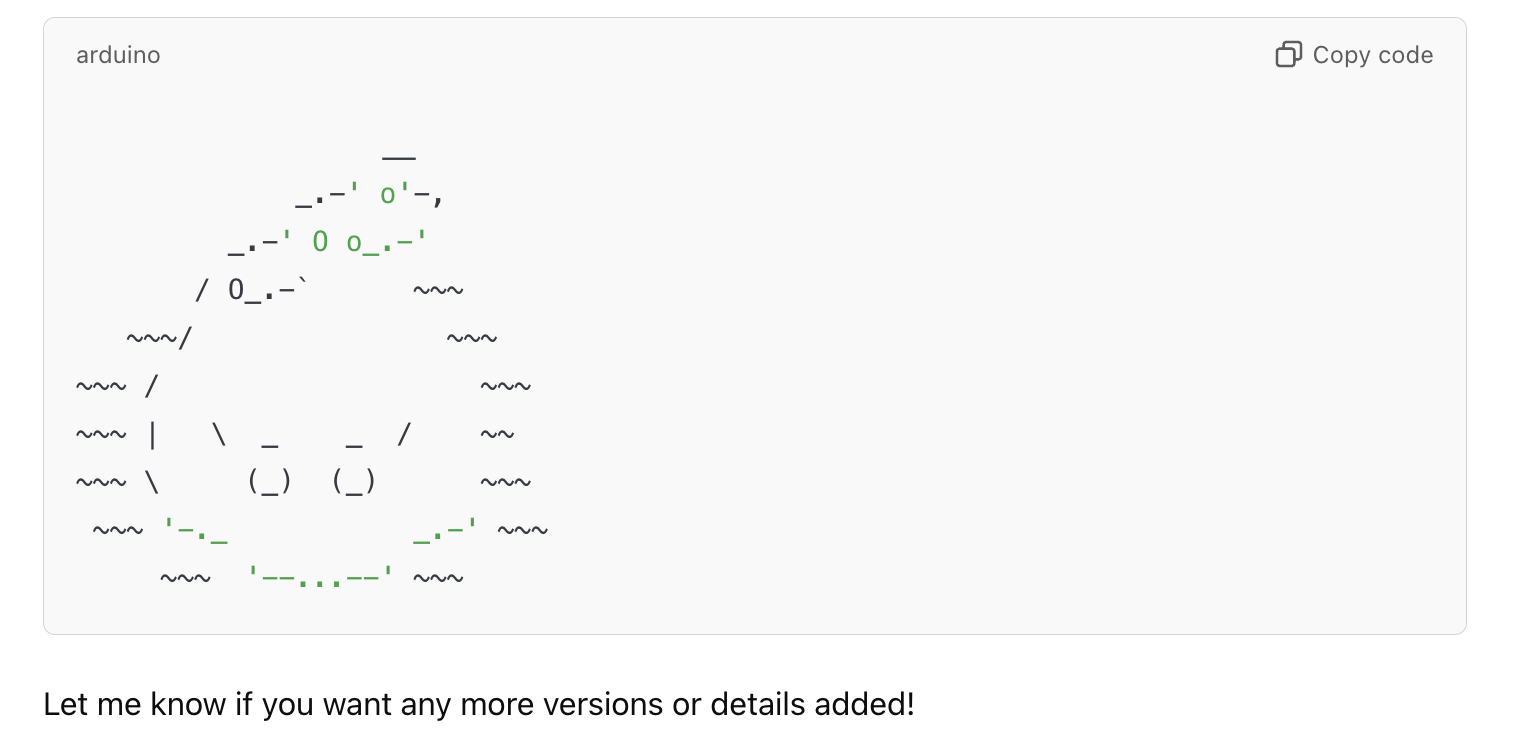
Hmmm, maybe it's not such a great artist after all. Or maybe I'm too snooty to realize it.
- This famous theorem was recently "disproved" in the sense that a bunch of chimps on typewriters would statistically not be able to write all of Shakespeare's work before the end of the universe. They found that one or more of them had about a 5% chance of typing "bananas" before they died, though. Talk about a magnum opus.
- Actually, we have no idea how it works. It's been referred to as a "black box" for that reason, and is simultaneously pretty concerning and maybe not a huge deal since I don't know exactly how the cashier at the 7-11 works either.


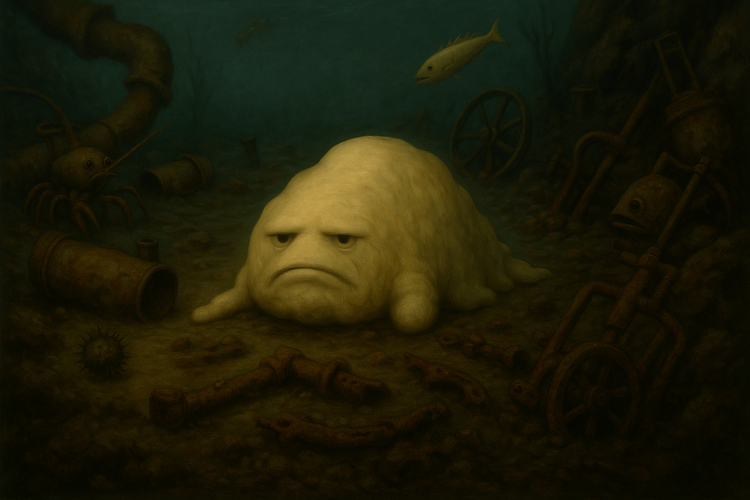
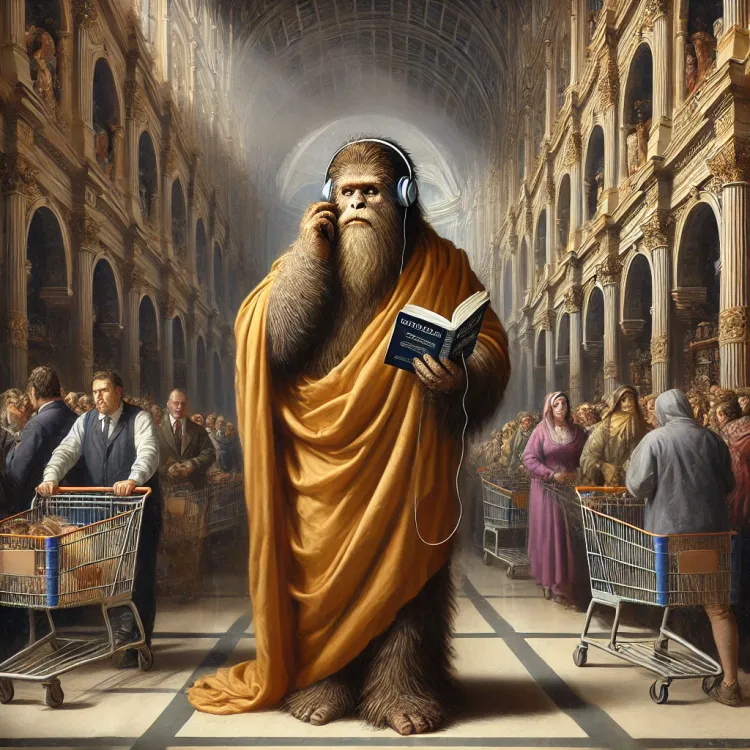
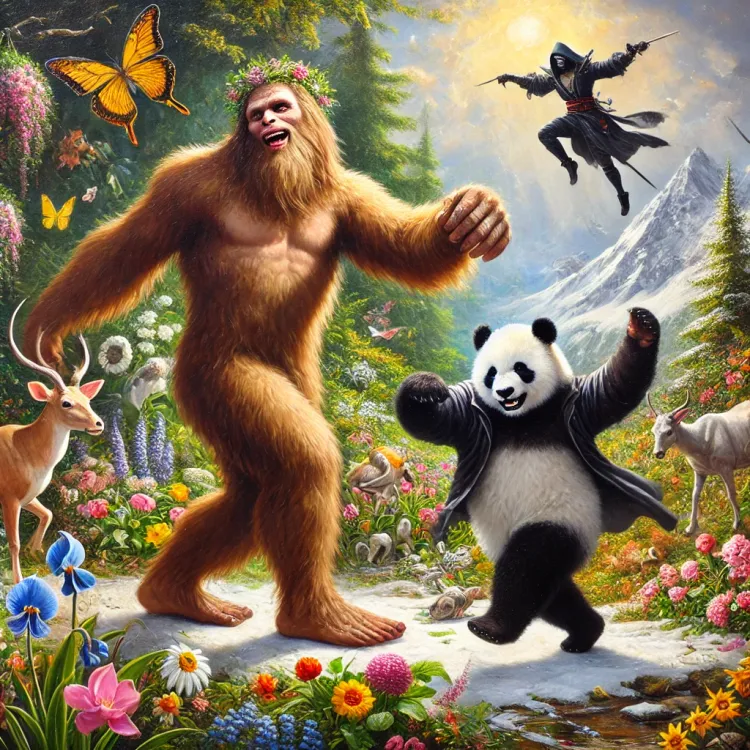
Comments ()